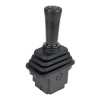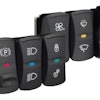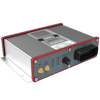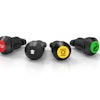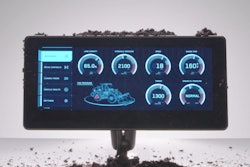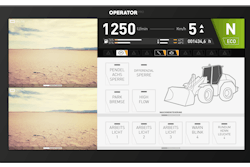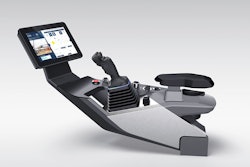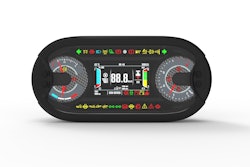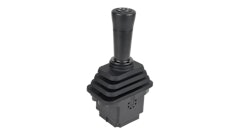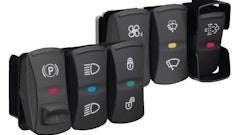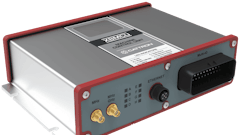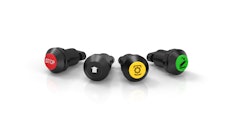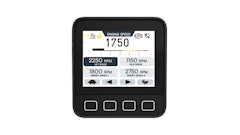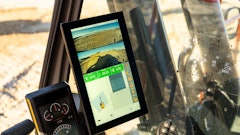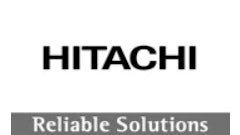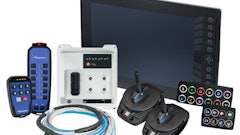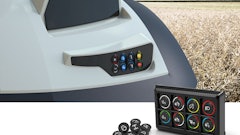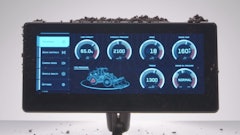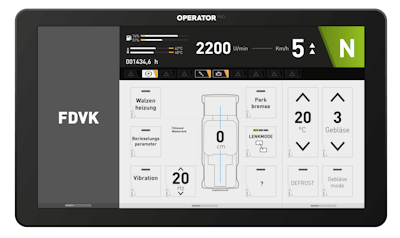
Earlier this year, Fritzmeier CABS announced its involvement with the HMI Cluster—a group formed to create a uniform standard for human machine interface (HMI) designs. Because the HMI can vary from machine to machine, the group feels having a uniform design would aid operator training which can be costly and time consuming. With the ability to find skilled labor in the construction and other heavy-duty equipment industries becoming more difficult, making the training process easier would be beneficial for customers.
“We have had discussions with the construction industry, which demands standardization in displays, since the most diverse machines also contain the most diverse approaches to displays,” says Alexandra Herrmann, Product and Marketing Manager at Fritzmeier Systems GmbH.
She says this, coupled with the increasing shortage of skilled workers, prompted Fritzmeier to found the HMI Cluster together with Leonard Weiss, a Germany-based construction company. The companies are also partnering with the construction division of Germany’s heavy equipment association VDMA as well as HDB.  Irina Shibanova | iStock / Getty Images Plus
Irina Shibanova | iStock / Getty Images Plus
Harmonizing the operator interface
To create a more uniform standard for HMI, Herrmann says the basic architecture and unification of symbolism is the focus. “This starts with the use of the same symbols per operating group, continues with the positioning of the operating groups and extends to the redundant control of safety functions,” explained Ralf Lüddemann, Commercial Manager of the Technology Department of Leonhard Weiss, in the press release announcing the HMI Cluster’s initiative.
However, Herrmann notes this will be done without taking away individual OEMs’ branding or competitive advantage.
She says the group is still at the beginning stages of the project and working out how exactly it will create uniform homogenous designs. Professor Jens Krzywinski, Technical Chair of Design of the Technical University of Dresden, has been brought in to aid with the project. Krzywinski has worked on the Genius CAB and Smart CAB projects, as well as Liebherr’s new Intuitive User Interface (INTUSI) and will bring expertise from those programs to the HMI Cluster.
On the Liebherr INTUSI, different function categories are divided into widgets according to theme and situation, a bit like operating a smartphone, to create a safer and more comfortable operator experience.
Herrmann says that in many cases, the HMI for machine control is not intuitive and can be different from what operators may be used to which can increase the risk of errors. “The complexity of machine operation is constantly increasing and in many cases machines are operated by different people,” she says, further adding to the need for a more harmonized way of developing the operator interface.
 INTUSI uses widgets based on theme and situation to organize machine function categories.Liebherr
INTUSI uses widgets based on theme and situation to organize machine function categories.Liebherr
Some OEMs have taken it upon themselves to standardize the operator interface within their own machine designs. AGCO’s Fendt brand, for instance, uses the same color coding for operator controls in all of its machines. Buttons and switches for transmission functions may all be orange and those for the hydraulics all blue. According to the company, colors are universal so issues with language barriers can be eliminated. This also makes moving from one machine to the next easier for operators as they already know what buttons or switches control what functions, reducing time spent learning how to operate the equipment.
While the construction industry is currently the area of focus for the HMI Cluster, there have been discussions with other trade organizations about the benefits of developing standardized HMI. The group is also looking to have other manufacturers –including OEMs, component manufacturers and system integrators—and industry organizations join the cluster to help with its efforts.

